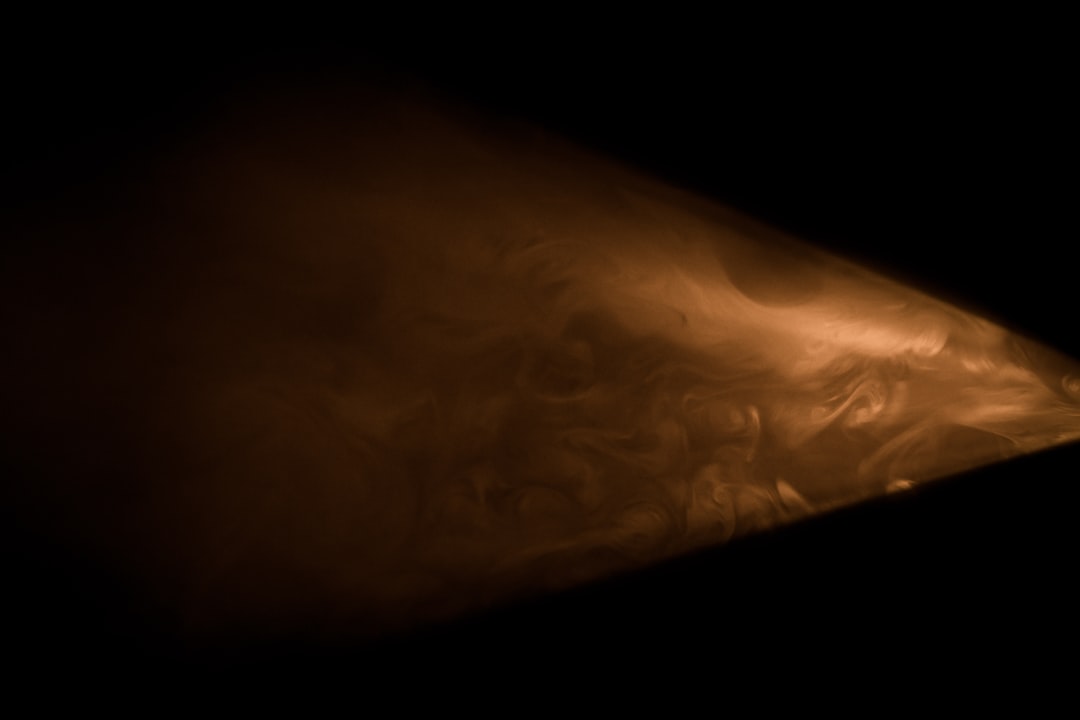What is it about?
We introduce a mathematical model of a neuron, the Gradient Clusteron, that can learn to solve classification tasks, such as recognizing handwritten digits. Importantly, unlike standard artificial neuron models that learn by changing the strength of their synaptic connections, the Gradient Clusteron solves classification tasks by moving its synapses along its dendrite (the branching input region of a neuron). Specifically, the algorithm involves making synapses attract and repel each other.
Featured Image

Photo by Stefano Bucciarelli on Unsplash
Why is it important?
Unlike the commonly used artificial neuron models used in artificial neural networks, which learn by changing the connection strength between neurons, the Gradient Clusteron is a new framework for thinking about how neurons might instead learn by changing their synaptic locations. We also show that the Gradient Clusteron can solve a problem that individual classical artificial neurons cannot solve, the XOR (exclusive OR) problem.
Read the Original
This page is a summary of: The gradient clusteron: A model neuron that learns to solve classification tasks via dendritic nonlinearities, structural plasticity, and gradient descent, PLoS Computational Biology, May 2021, PLOS,
DOI: 10.1371/journal.pcbi.1009015.
You can read the full text:
Contributors
The following have contributed to this page










